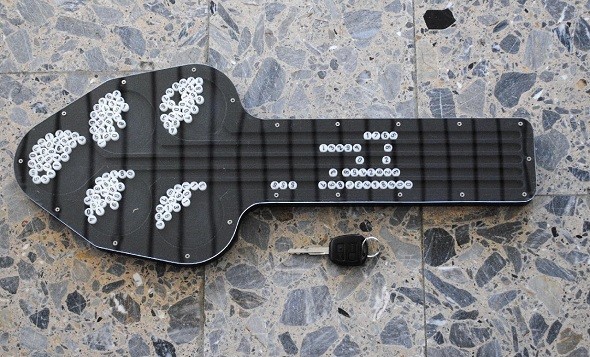There is one other question I have been asking myself about the Violine for a while: why are the five chambers containing the number pegs not interconnected? Were the pegs devided into groups in order to get random sequences with certain properties? Maybe a reader knows more about this.
Follow @KlausSchmeh
Further reading: German cipher machines in World War 2: A complete (?) list
1 / 2



Kommentare (7)